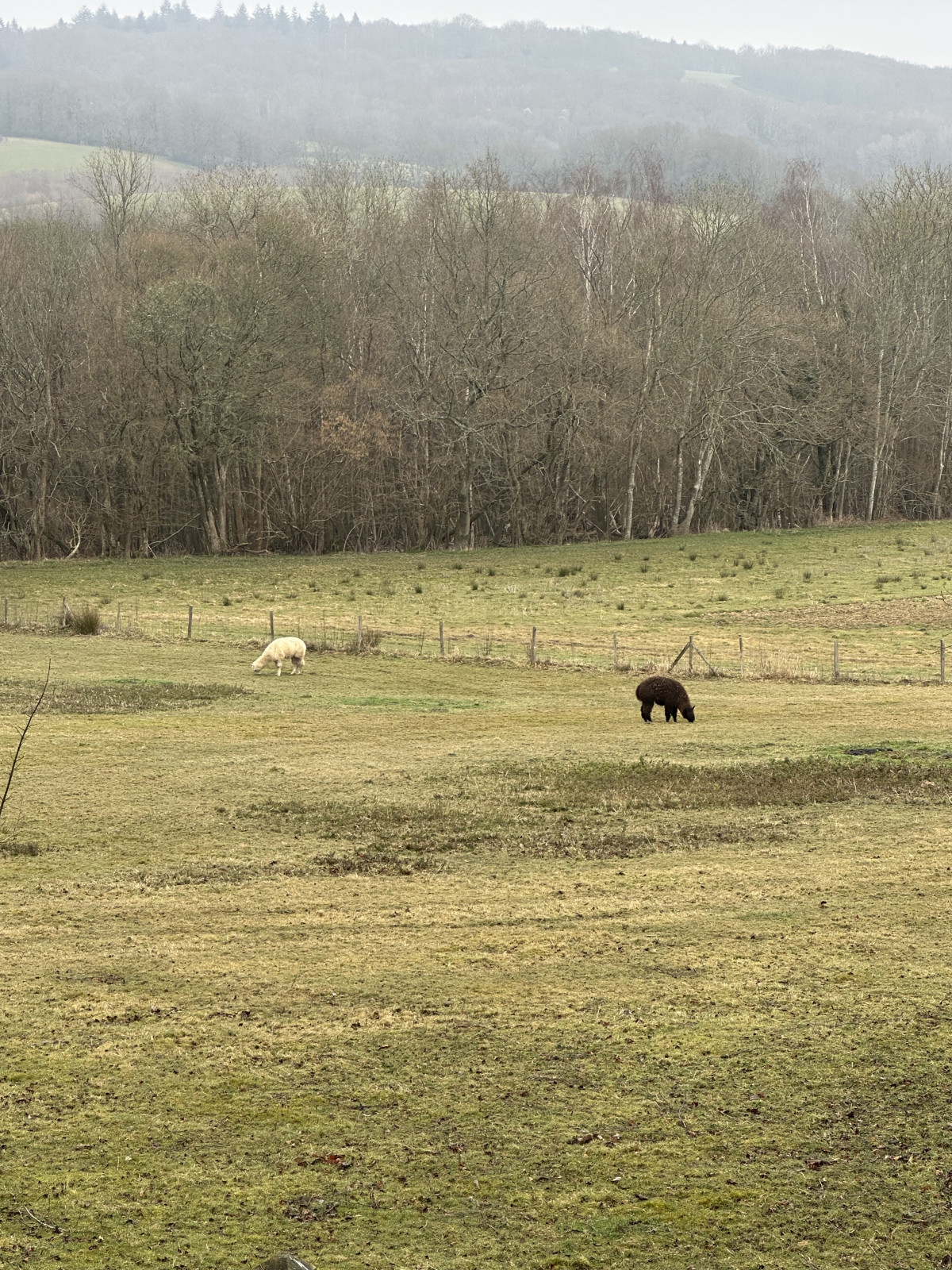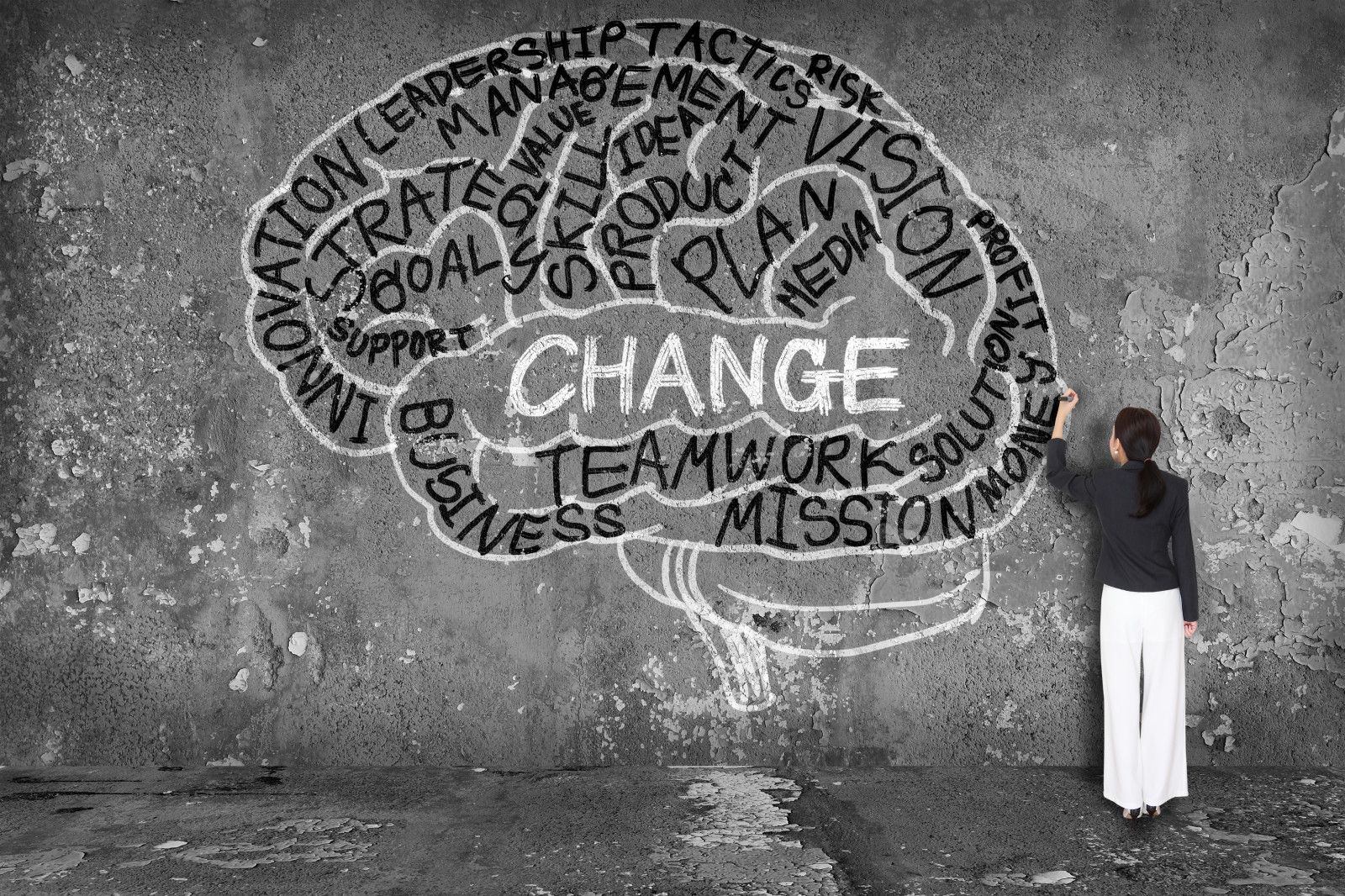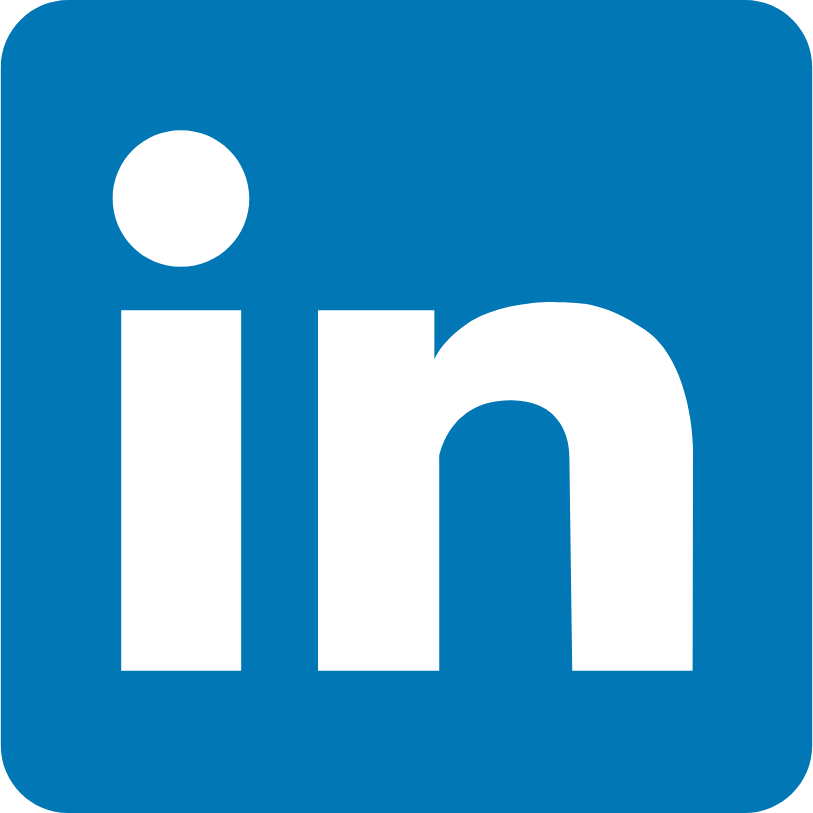
I have been on a 20-year transformational journey. It began when I did the Landmark Forum in 2005. I wrote that I “did” the Forum because it is something you do more than a course on transformation. I learned about two philosophies, Ontology and Phenomenology.
Ontology is the study of being—it explores what exists, what it means to exist, and how different forms of being relate to one another. At its core, ontology asks fundamental questions like:
- What is real?
- What kinds of things exist?
- What does it mean for something to "be"?
Phenomenology is the study of experience, specifically, how things appear through our perception, thoughts, and feelings.
Rather than focusing on what objectively exists in the world (like ontology does), phenomenology examines how we subjectively experience it.
It asks questions like:
- What is it like to experience fear, Love, or joy?
- How do we perceive a tree, a sunset, or another person?
- What is the structure of consciousness itself?
Great thinkers like 20th-century German philosopher Martin Heidegger developed the philosophy of phenomenology, which postulates that to understand reality, one must first understand how individuals experience it. In simple terms, Phenomenology studies how we experience life from the inside out—how the world appears to us through our awareness.
I spent about seven years doing many Landmark programs, including much time coaching participants in the Self-Expression and Leadership Program. When I coached, I rarely used the terms ontology and phenomenology. Instead, I taught the concepts.
In 2016, I learned about Dr. Joe Dispenza's work. I attended Dispenza retreats and eventually became a certified consultant and trainer for his corporate training arm, NeuroChangeSolutions. I teach a course called Change Your Mind…Create New Results. More about that later.
Just after my NeuroChangeSolutions certification, I found HeartMath®. HeartMath is a research-based company that focuses on the connection between the heart, brain, and emotions to improve personal well-being, performance, and resilience. Founded in 1991, HeartMath is best known for pioneering tools and technologies that help individuals and organizations access states of coherence. The heart, mind, and emotions are aligned and functioning optimally in this scientifically measurable state. Call HeartMath the science behind ontology, phenomenology, and resilience.
At the core of HeartMath's approach is the understanding that the heart is not just a pump—it's an intelligent organ that communicates with the brain and the rest of the body, influencing our emotions, cognitive function, and physical health. By learning to regulate this heart-brain connection, people can reduce stress, build resilience, enhance decision-making, and increase creativity.
Now that you have some background, I'd like to get to the point of this post: conditioning and habituation, and the role both play in establishing our default ways of being. More importantly, we need to learn how to recondition our minds and bodies, unlearn and relearn what it means to be in the world.
Enter the ontological concept of "Thrownness." The previously mentioned philosopher Martin Heidegger coined the word "Thrownness," which expresses the way we end up being, the way we find ourselves always already being: thrownness determines what we automatically are and limits our future possibilities (what we "can be"). Spoiler alert, and a good one: we can evolve beyond our thrownness and expand our limited future.
I liken it to the beginning of the conditioning process. For example, a Japanese mother comforts her baby in the manner of her culture, in quiet, soothing ways. At the same time, her American counterpart stimulates her baby into more active and vocal behaviors. These parenting choices are, in large part, unconscious on the part of the mothers; they are simply reproducing their culture's ways of being.
The conditioning is automatic and happens while the babies are in theta brainwave patterns. Theta is a hypnotic brainwave pattern where one is suggestible to information. In theta, you accept, believe, and surrender to information without analyzing it. The babies are given (thrown) or taught behaviors that are not theirs. They accepted, believed, and surrendered to their mother's unique approaches. A baby is born of divine Love and becomes tainted by its conditioning (thrownness), which is primarily environmental. The baby evolves into an adult and, throughout its life, forms habits. We are habit-making machines. Human beings live according to their habituation.
My conditioning resulted in many fears and doubts. I barely made it through high school. I smoked marijuana from the age of fifteen until I graduated to medicate myself from not fitting in. I experienced myself not fitting in, having no confidence, and doubting I could overcome my lack. I hid it well, too.
Somehow, I landed a management job at Charley's Crab restaurant in Troy, Michigan, and worked through the ranks. I opened several restaurants as a kitchen manager and later moved to the dining room side of the business, eventually becoming a general manager. While in the restaurant business, I still lacked confidence and doubted my ability to lead effectively. It was not easy. I hid it well in business, too. Fortunately, I had great mentors (not in all areas of life) who believed in me.
I got married at the age of thirty while working in the restaurant business. Looking back, I was about as immature as a thirty-year-old husband could get. My lack of confidence and doubt continued. I compensated by developing look-good behaviors. I was surviving and not happy. I blame no one.
During my marriage, we were blessed with two beautiful children whom I Love with all my heart.
During my marriage, we were blessed with two beautiful children whom I Love with all my heart.
At thirty-five, I changed careers to become a real estate agent. I was still uncomfortable, but leaving the fast-paced, exhausting restaurant business was good. I started becoming more responsible. I could always organize things, and real estate was perfect for my skill set. I hid my lack of confidence with an overachieving persona and performed well after a challenging first year.
In 2005, after twelve years as a real estate agent, I attended my first Landmark Forum. Landmark taught me many phenomenological distinctions, like the thrownness mentioned above, already-always listening, and integrity. Landmark was the first significant step in my transformational journey. During my Landmark years, ending in 2014 (I did an online Landmark Forum in 2021), I started understanding the transformational concepts mentioned earlier.
Fast-forward to January 2022, when I attended a book launch event for The Ultimate Coach. The book is not about coaching; instead, it is about being. It is ontological. What I learned in the book and the launch event synced well with the Landmark technology.
I attended my first-ever Dr. Joe Dispenza's Week-Long Advanced retreat the week after the book launch event. In just two weeks, I became heavily exposed to the nature of being (The Ultimate Coach) and the science of being (Dr. Joe Dispenza).
In 2022, NeuroChangeSolutions, a company Dr. Joe Dispenza owns to take his work to the corporate world, accepted me into their train-the-trainer program. I became a NeuroChangeSolutions consultant in January 2023 and later that year became a HeartMath® Certified Trainer, teaching heart and brain coherence, self-regulation, and heart intuition.
Today, I am living my best life. I am the happiest I have ever been. I have learned what conditioning and habituation are and how to transform what is not working, self-judgment, and doubt into working exceptionally, which is authenticity.
I am now teaching others how to do the same: take control of their non-useful and self-judgmental thoughts and create inspiring futures by recognizing and overcoming their conditioning and habituation. Essentially, people recondition their body and mind, a victory over their thrownness, past conditioning, and habituation.
Witnessing another's transformation brings me immense joy, happiness, and fulfillment.
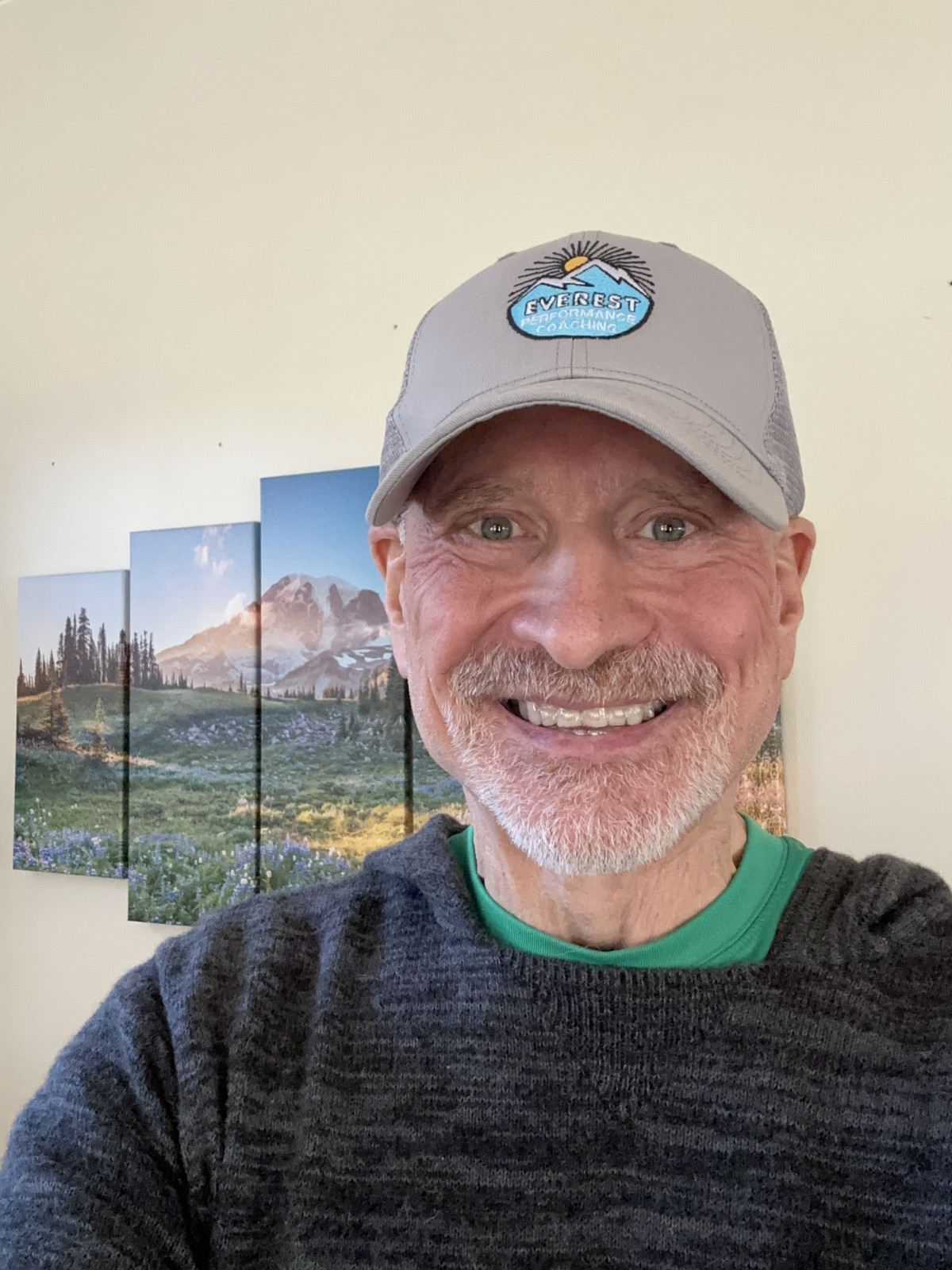
I recently distinguished a powerful context regarding my perfectionism. I am sharing it with you because what I learned about myself can be of value to others.
I compared my perfectionism to Japanese Kintsugi pottery one year ago in a blog post. A Kintsugi artist repairs broken pottery with lacquer and precious metals like gold, silver, or platinum to create a one-of-a-kind masterpiece, essentially taking what is broken and making it whole. I compared my broken state of striving for perfection and never reaching it to the damaged pottery and the Kintsugi artistry as a higher state of consciousness where I am made whole through compassionate self-forgiveness.
I now see my pursuit of perfection as vanity. Let me explain. In my world, striving for perfection is more about looking good or performing at an elevated level for the world to see, ergo vanity.
When I function in this vanity state of looking good, I am not bringing my best self to my situation. What I bring in these moments is a carefully cultivated me. It is not natural. It’s a strategy.
In my capacity as a trainer and life coach, if I’m in my world of looking good, then I am not in your world of transformation and evolution. Not bringing my A-game is less than what my clients and potential clients deserve.
As a life coach I’ve got this in check and am listening, reflecting, and otherwise serving my client’s highest interests.
This has impacted me the most as a trainer. If I’m on stage, large or small, and run my performance vanity, I rob my audience of their highest evolution. Their learning is hijacked in favor of my pursuit of perfection or vanity.
One of my coaches helped me see this. I was stunned in that moment. My looking good, my perfection, was not serving my client; rather, it was a subconscious strategy to fix a perceived flaw that was not even real.
I thought, “Why would I ever want to be perfect again?” The answer is, “I don’t!” This was liberating. The thought, “I don’t need to be perfect anymore,” was so freeing and lighthearted.
My performance vanity shows up from time to time, and when it does, my self-awareness helps me recognize it, allowing me to recalibrate in the moment and not rob another of what’s possible.
I’d Love to hear your thoughts on this. Does your performance vanity get in your way, perhaps at work or in your most important relationships? Drop a comment below or privately via Messenger.
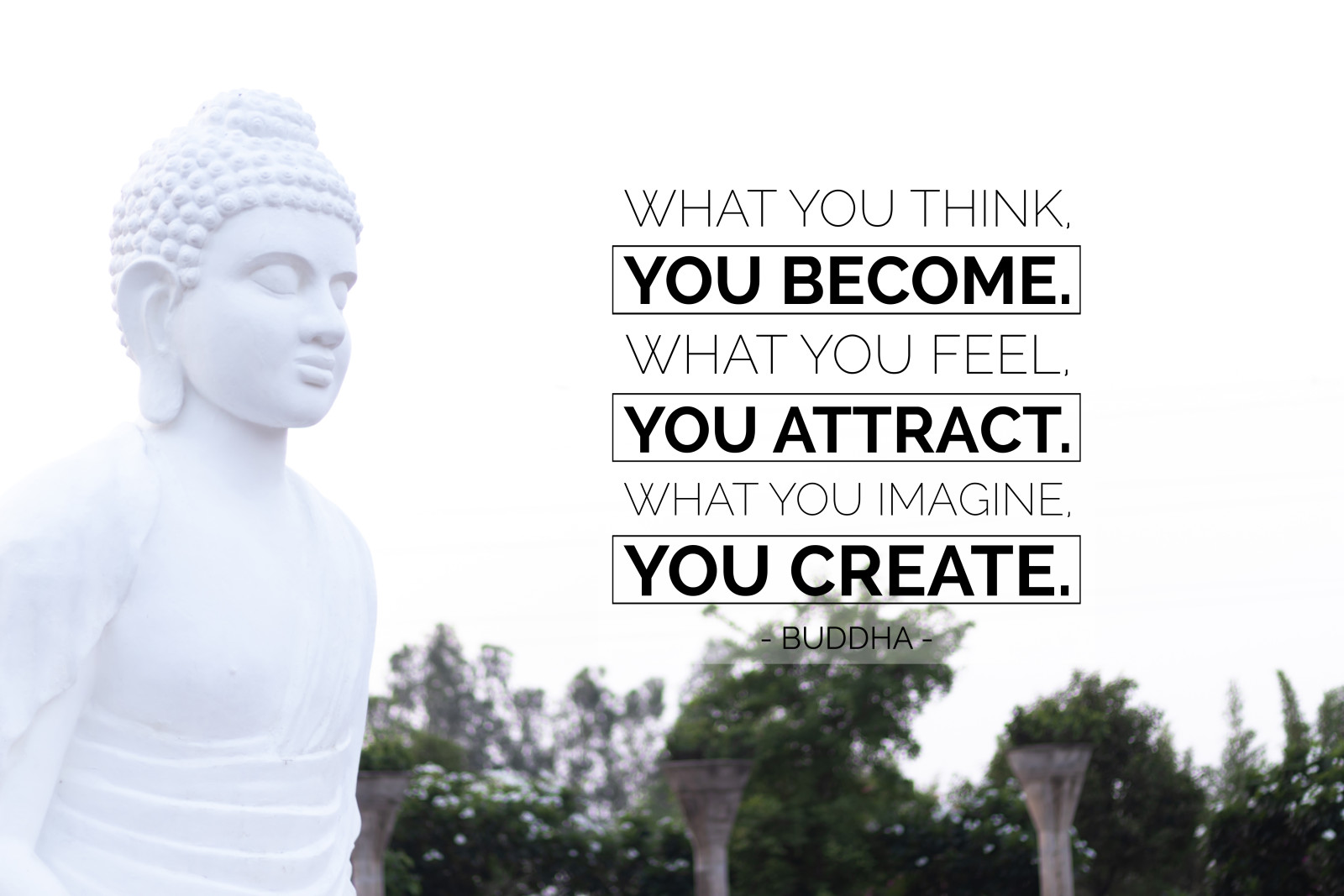
Lately, I’ve been paying close attention to the words I choose when I communicate with others as well as myself. An inner dialogue, known as self-talk, plays a powerful role in shaping our reality. We create with our words. In fact, it’s impossible not to create—every word, whether spoken or thought, shapes our experience.
So, what do I mean by “creating with words”? Regardless of external events, we interpret and shape experiences uniquely through our thoughts and words. Consider this: a rainy day might feel dismal to one person and refreshing to another. We “create” each experience based on the words and perceptions we bring to it.
While driving on Hall Road the other day, I encountered heavy traffic. A driver behind me honked repeatedly, then swerved into the next lane, passing me aggressively. At that moment, I had a choice in how to respond. I interpreted his actions as a sign of his stress, perhaps due to a difficult day. By deciding not to react negatively, I created a calm response where, in the past, I might have reacted differently. This is just one example of how our words and thoughts create our experience.
Here are some common phrases that shape our perceptions of ourselves and others and, by extension, our sense of possibility. The language we use can either limit or expand our potential. Let's explore how:
- “I think that _______”: This phrase often reflects self-doubt, especially if the thought is critical or hesitant.
- “You should _______” or “I should _______”: Statements like these imply that something is wrong and needs to be changed. Reframe it as “Have you considered _______?” or “What if _______?” to create openness and flexibility.
- “I want _______”: “Want” implies lack or insufficiency. For example, instead of “I want ten new clients,” try “I will generate ten new clients,” which shifts the focus to action and promotes a sense of empowerment.
- “I need _______”: Like “I want,” this implies something is missing.
- “I am _______”: Negative self-labeling, such as “I am bad with money,” limits possibilities and reinforces a negative identity. This kind of self-talk can hinder personal growth and development. Instead, consider focusing on growth, e.g., “I am learning to improve my finances.” This shift in perspective can open up new possibilities and encourage positive change.
- Another creative word that often negatively impacts self and others is the use of is or are. For example, “So and so is _______” or “they are _______,” followed by something negative, leaves no room for possibility.
In my work as a life coach, I often begin by examining how people shape themselves and others through the words they speak (or think). When someone’s life feels out of alignment, and they find themselves complaining or blaming, a powerful place to start is by looking at their language.
If you often find yourself trapped in negative self-talk patterns or feel limited by the language you’re using, consider reaching out. Together, we can explore how your words shape your experiences and work toward creating a more empowering narrative.
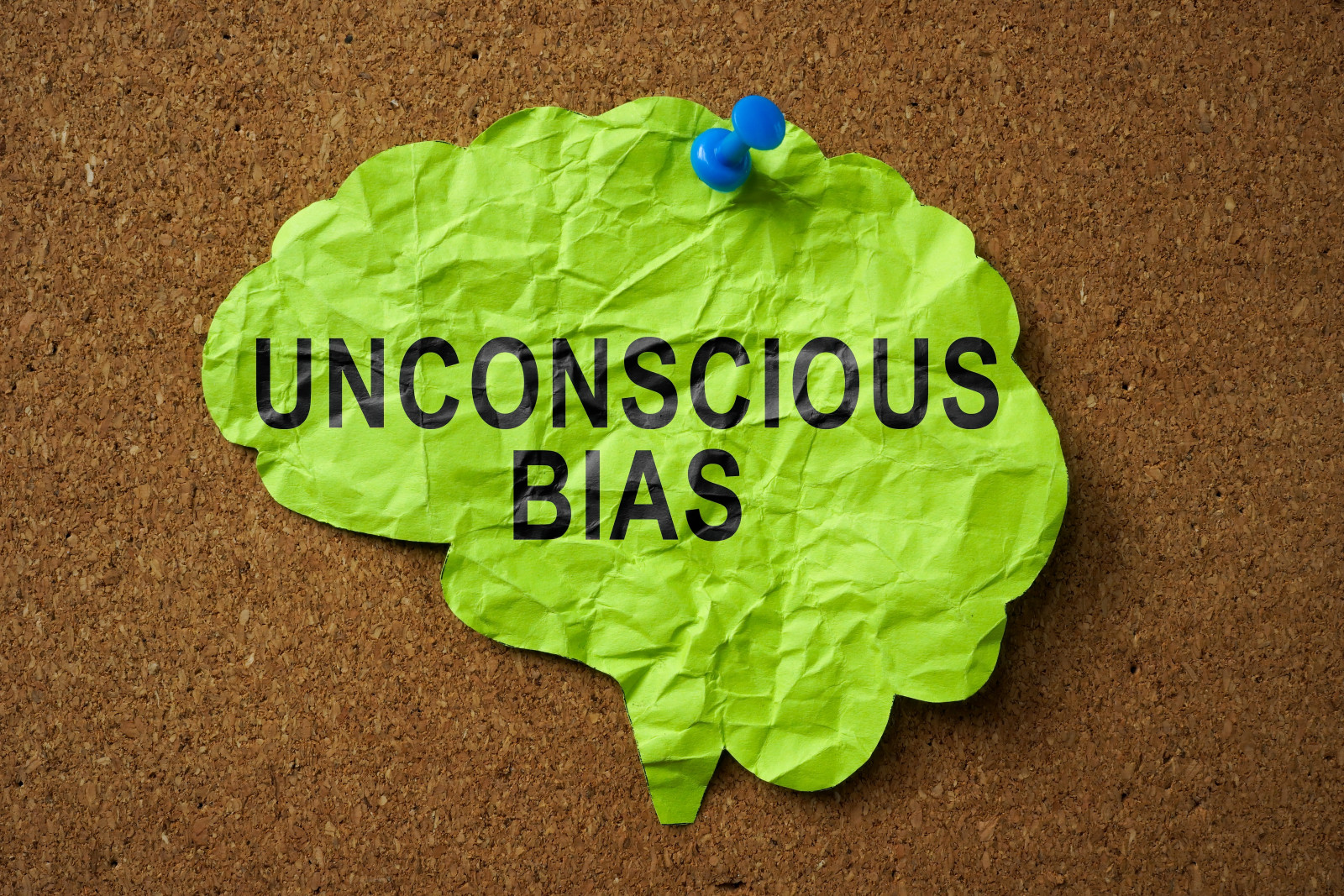
In 2005, I did the Landmark Forum, which is to say I participated in a three-day inquiry into what it means to be. One of the key distinctions of the Landmark technology is “Already Always Listening.”
Already Always Listening distinguishes a person's perception of events and people as a function of their listening rather than being sourced—influenced—by the people and events themselves.
Imagine you're a real estate agent, and you've been working in the industry for several years. Over time, you've developed certain perceptions about different types of clients based on past experiences. For instance, you might believe that first-time homebuyers are often indecisive and overly cautious, making the buying process longer and more challenging.
One day, a young couple contacts you about buying their first home. Before meeting them, your "Already Always Listening" kicks in, and you expect them to be hesitant and unsure of what they want. This perception influences how you interact with them from the start. You might unconsciously steer the conversation in a way that assumes their indecisiveness or overwhelm them with too much information, trying to preempt their perceived need for extra guidance.
However, this couple turns out to be well-researched, confident, and clear about their needs and budget. Because of your Already Always Listening—preconceptions—you initially miss out on recognizing and leveraging their readiness and decisiveness, which could have made the process smoother and more efficient for both parties.
By becoming aware of your "Already Always Listening," you can consciously approach each new client without these automatic judgments. This fresh perspective allows you to listen more openly and respond to their needs and behaviors rather than your preconceived notions. Doing so enhances your effectiveness as a real estate agent and improves client satisfaction.
Thrownness
I have another distinction to introduce you to: “Thrownness.” Thrownness refers to the concept that individuals are born into a set of circumstances and conditions they did not choose, such as their family, culture, historical period, and socioeconomic status. These pre-existing conditions shape their experiences, perspectives, and behaviors, influencing how they are in the world. It is where their Already Always Listening begins to develop.
Understanding Thrownness helps individuals recognize the factors beyond their control that have impacted their lives and encourages them to consciously navigate and respond to these influences.
Here’s an example of Thrownness: Imagine two nearly identical situations. A 5-year-old boy and his mom were walking in their backyard when encountering a garden snake. The mother yells, “Snake,” grabs the boy by the arm, and whisks him out of harm’s way and into the house.
In another scenario, a different boy and his mom are exploring their backyard when they encounter a garden snake. The mother, marveling at the snake's beauty, picks it up, shows her son a closer view, and shares some knowledge about snakes. After a few minutes, they put the snake down and continued exploring.
Neither approach to snakes is right nor wrong. However, the boys will grow up with very different views of snakes. These two boys were thrown into their perceptions of life—at least regarding the snake world—and will likely see no other perspective.
By becoming aware of your Already Always Listening and Thrownness, you can let go of the stories you have about people and events. This awareness allows you to be in the realm of what’s so, which is a powerful place to be. From there, you can create new possibilities for your life and see them come to fruition.
I can help you become aware of your Already Always Listening and Thrownness. Let’s talk on my dime and explore the possibilities for your life when you live without preconceived notions. There are many ways to reach me.
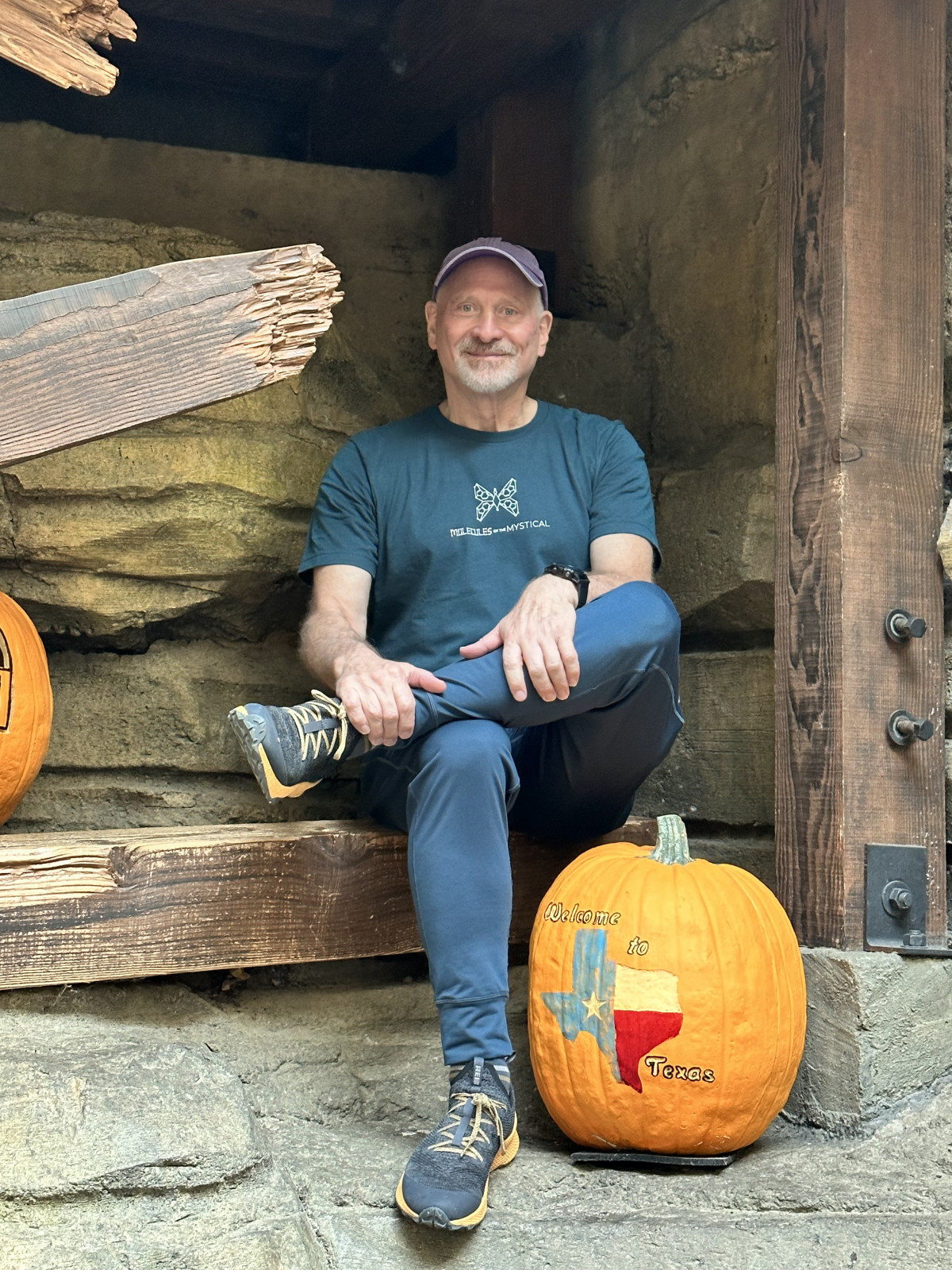
I focus on teaching people how to change, not telling them what to change. My approach provides practical models and tools based on the latest neuroscience and biology findings, helping you understand and overcome the challenges of change. This knowledge empowers you to consciously create your desired future and break free from old habits.
Many people believe their thoughts shape their lives but doubt their ability to consciously create their future. With the right tools and understanding, you can overcome these doubts and take control of your future. Change is not only possible, but also within your reach.
In my workshops, you will learn how your environment influences your inner world and how to break free from limiting conditioning. Practical insights into neuroscience and biology will help you understand and manage stress, allowing you to live in a more creative state. Book a 30-minute conversation to see if this workshop suits you and begin your journey to an amazing future.
Read more...
